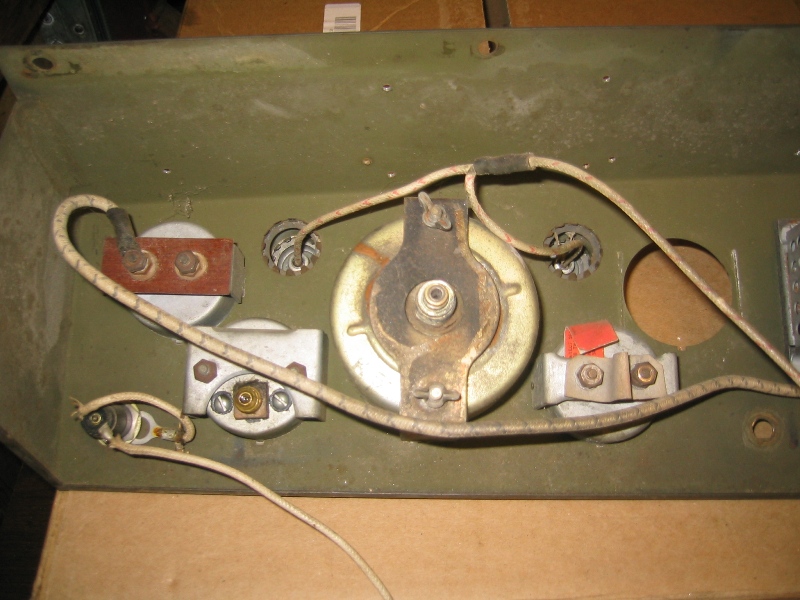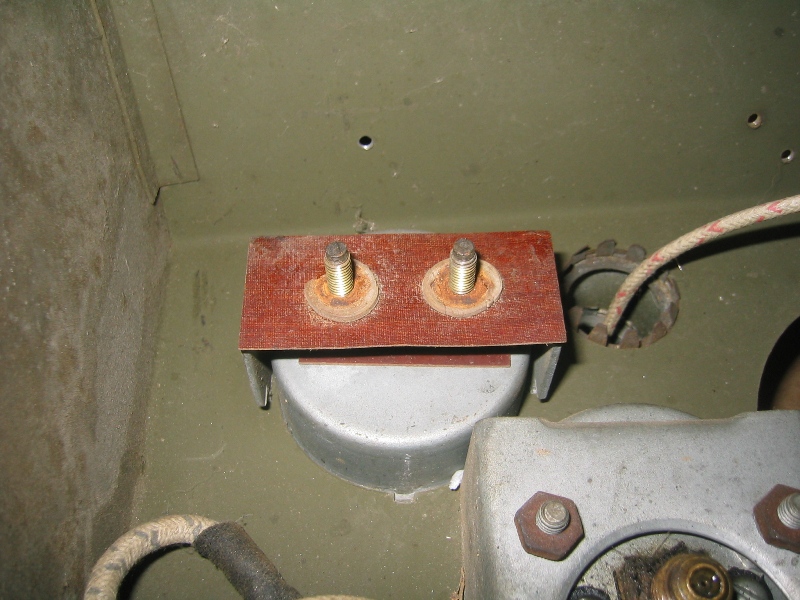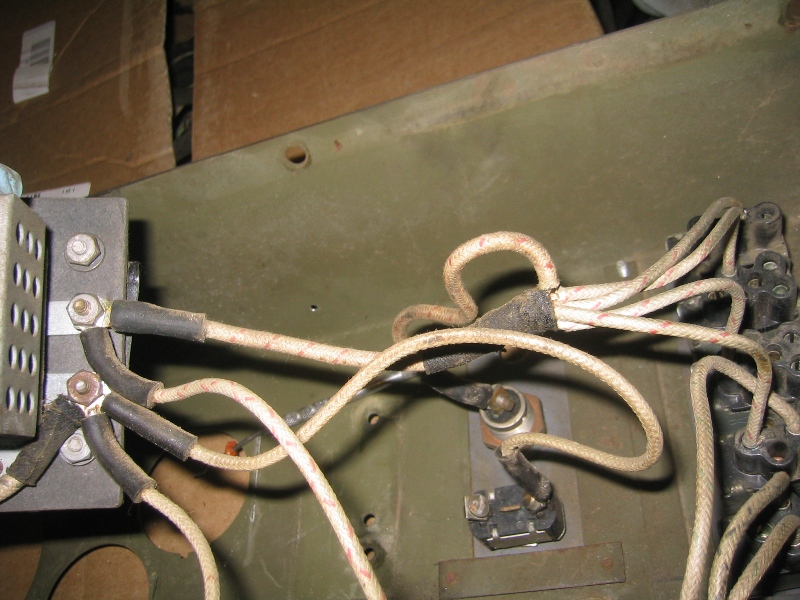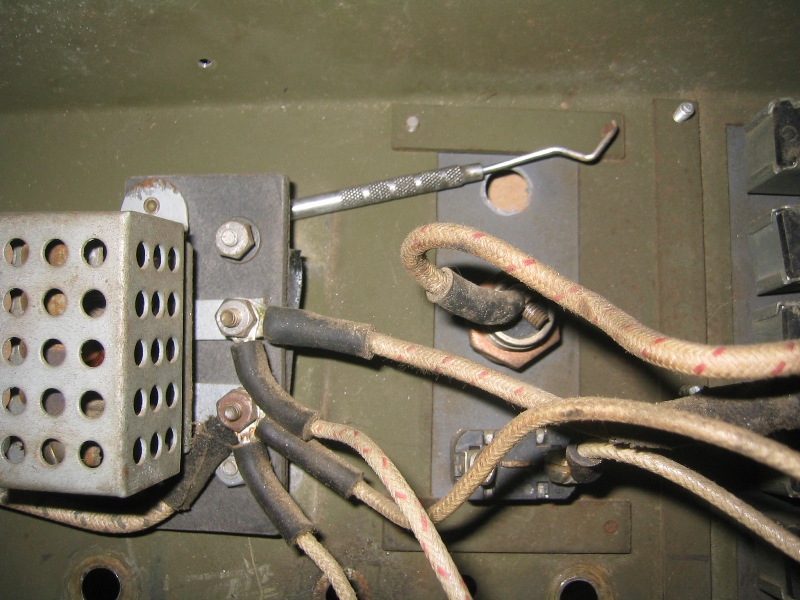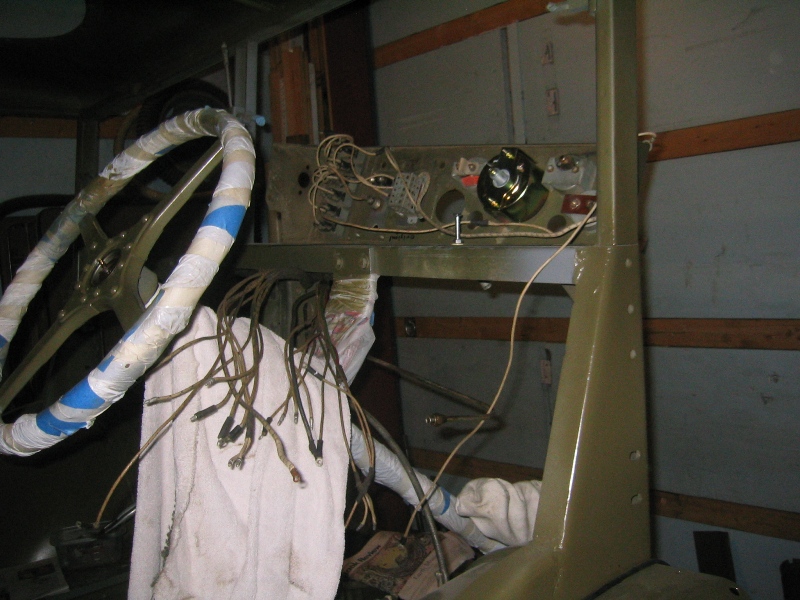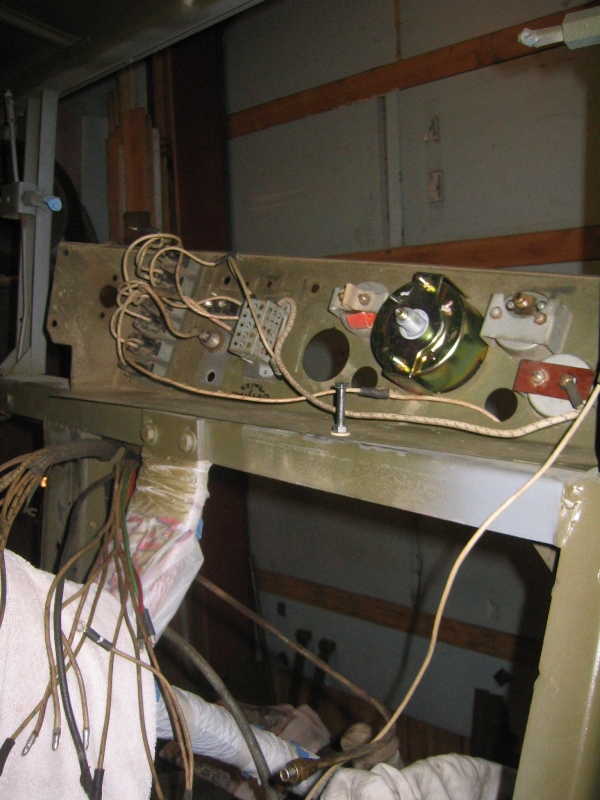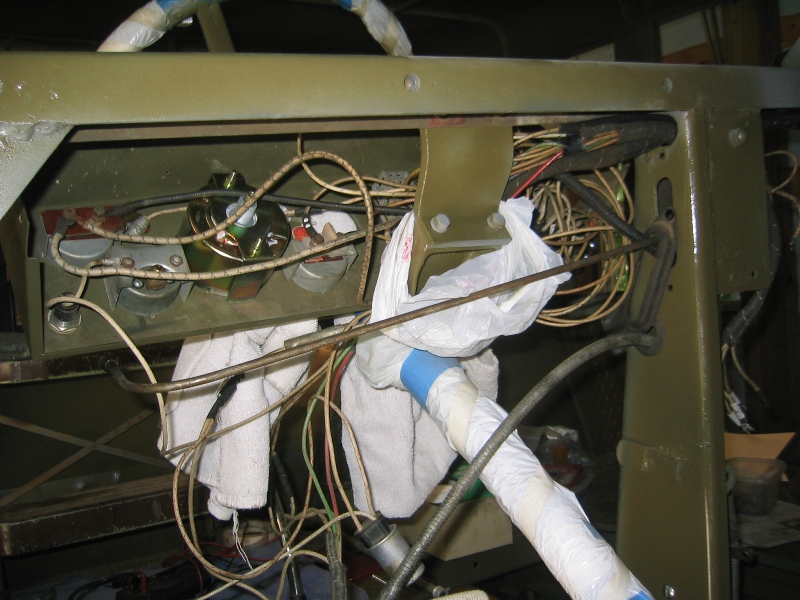Making your own wiring harness or more exactly copying an original
harness is not a difficult job it is just a finicky job that requires
attention to detail.
But now to some general comments:
1. Take lots and lots of pictures showing how the wires are routed,
where they are connected, where wire clips are placed, where each
branch of the harness takes off in relation to the vehicle.
2. As you disconnect each wire tag it, I use masking tape and marker.
Tag every wire it will save you a lot of time later.
3. Get a plywood sheet 1/2 thick paint it white or cover it with
white paper it makes it a lot easier to make notes.
4. Lay out your harness on the so that nothing crosses over then
using sheet rock screws and small cable ties tie the entire harness
down being sure to put a screw at each location that a wire or branch
of the harness takes off from the harness body.

5. At the end of each branch of wires spread the individual wires
out and staple them down to the board. Leave your old harness attached
to the board during the rest of the process. ( I have all the old
harnesses and their panels hanging on the wall of my shop. Each has
been used several times now.)
6. Now transfer your notes from the tags you made to the board.
I generally add what color or color pattern the wire is as well as
the size of the wire.
7. Then using the vehicle wiring diagram if you are lucky or the
harness make up a list of each branch showing where it goes, wire
color and size and gauge (there is an example on my web page) I do
all this on a spread sheet.
8. Then measure all the wire lengths. Always add at least 6"
to each measurement.
9. As many colors and wire patterns are used in several branches
make a summary list of all the different wire lengths you will need.
10. Then find a source for the correct color wire, pattern and gauge.
I always buy at least 10 feet extra of each required colors wire,
pattern and gauge.
11. While your looking at wire sources find the terminals you will
need.
12. Once you have all the wire. Lay your plywood panel down flat
on a table and carefully start laying the new wires on I use little
lengths of twist wire at each screw to hold the wires in place just
loosely bind them to the screw, then as you add more wires you just
untwist the hold wire. I use the thin old phone wire for my twist
wires that thin copper wire works great.
13. When you have all the wires are in place check it against your
original harness. Smooth the wire in each leg of the harness and tape
them at the point where the covering of the old harness ends. I use
black electricians tape. Then go along the harness and about every
foot and at each place that a leg or branch leaves the harness tape
it again. I use a different color electricians tape this is to make
putting the covering over the harness branches easier.
14. Now as to covering the branches their are various sources that
will do the fabric or thread type looming used on early Lincolns such
as mine. But I believe most of the more modern harnesses used a thin
version of electrical tape which is wrapped in a spiral around the
branches and body of the harness. Some of this type of tape is of
a heat shrink variety.
15. If you are sending your harness out to be loomed don't put the
terminal ends on until that is done.
16. Once the harness is wrapped or loomed put it back on your board
and start adding the terminals, I always make my ends 2-3 inches longer
than the original which makes connecting everything a little easier.
This is also where the photos you took when removing the harness help
full to decide how much extra you need.
17. Being old school I solder each terminal end to the wire instead
of relying on crimp fittings.
18. Then using all those pictures you took put your new harness
into place.
19. Be extremely careful to put all the wire clips used to hold
the harness in originally also be very careful of where the harness
is next to a source of heat or movement. I once left out the clips
near the master cylinder and the speedometer cable they rubbed through
and shorted out burning a two foot section of the main harness in
the process.
|


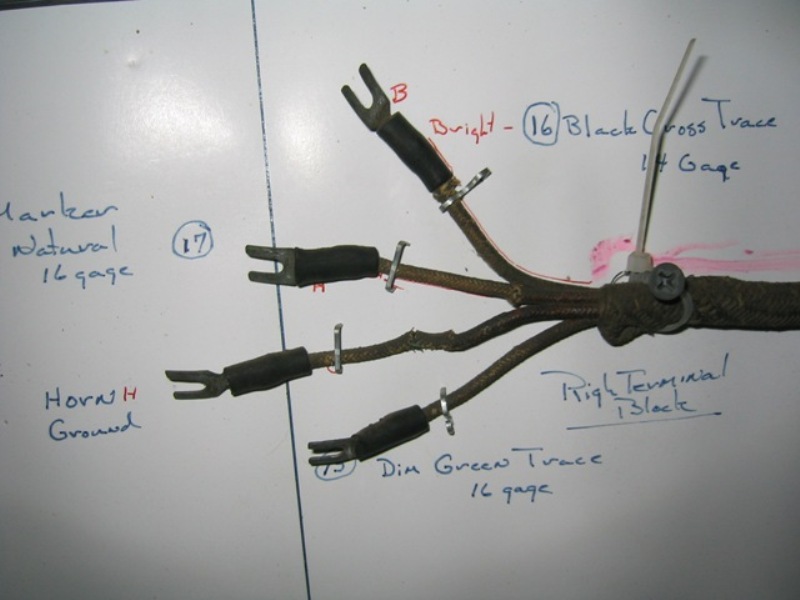
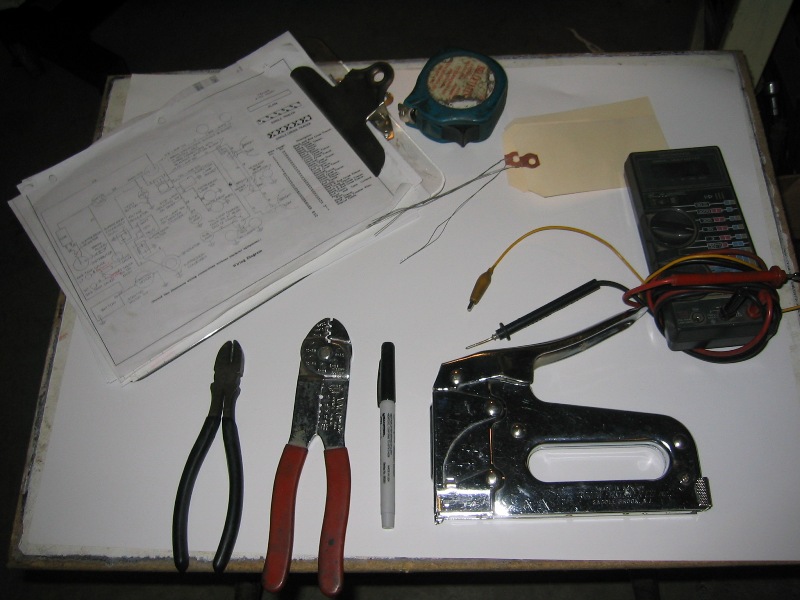
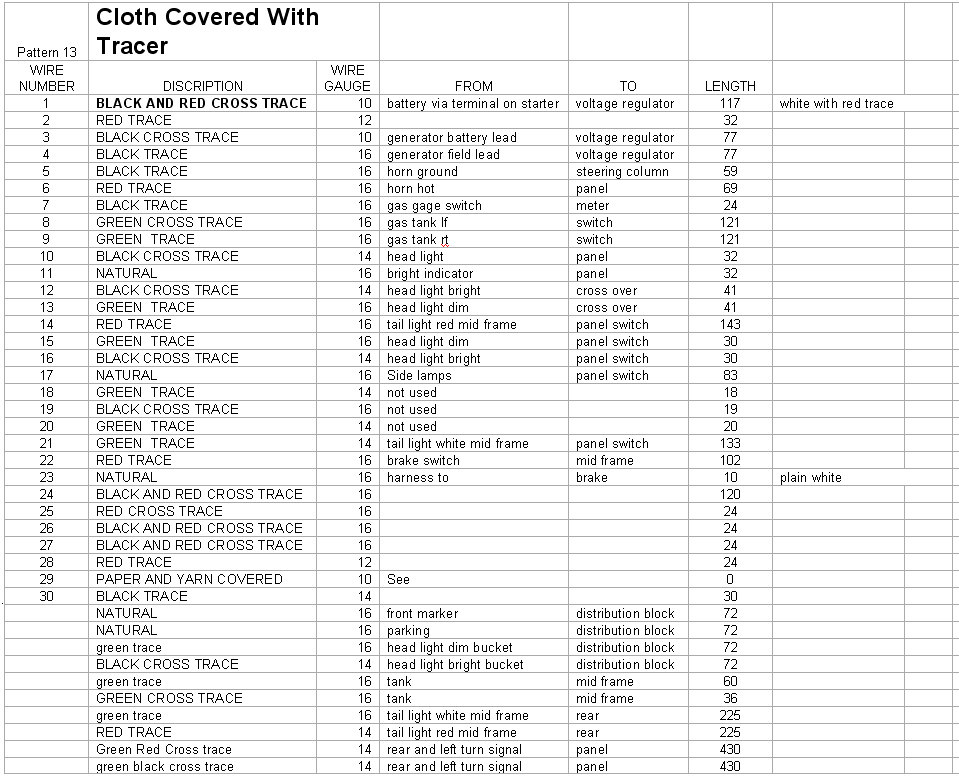

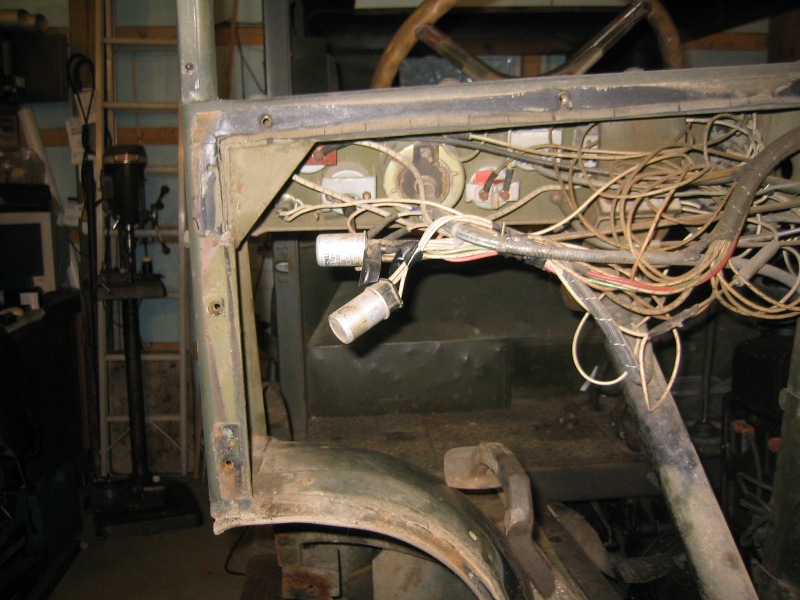

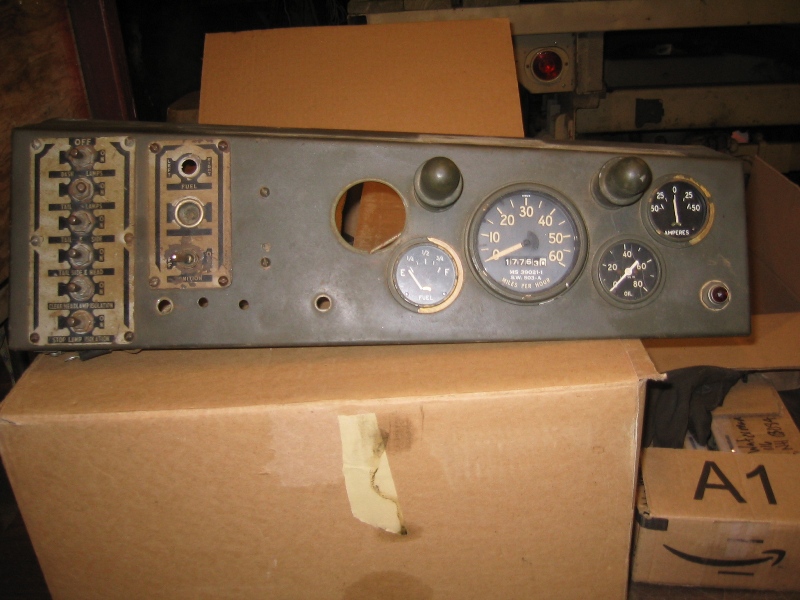
.jpg)
.jpg)


